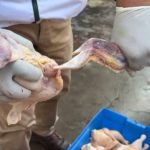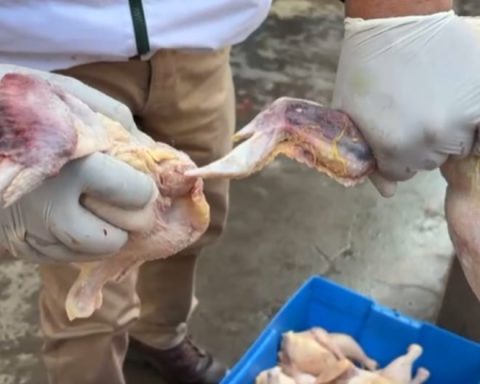Havana Cuba. – The new foreign exchange market for the sale of foreign currency to the population, including the dollar, and foreign investment in joint ventures with state companies and Mipymes were the two most surprising reversals of sixty-year-old prohibitions of the various ads made by the Deputy Prime Minister of Economy and Planning of Cuba at the session of the National Assembly of People’s Power, this July 21. Is it that the Government can already dispose of GAESA’s assets?
Both matters recommended by specialists, were apparently rejected by the executors and ideologues of exclusive planning socialism. If there is no liquidity to buy food, fuel, supplies for industries and agriculture, where do the foreign exchange come from now?
In 2019, when the Freely Convertible Currency (MLC) was introduced, Alejandro Gil argued that it would replace the CUC and that the Government could not change currencies because it did not have funds for that. Initially, only dollars were accepted, but as of June 21 of last year, the Central Bank of Cuba announced that the vaults were full of dollars, since they could not make transactions in that currency, due to the measures of the United States government. , therefore only euro and other currencies would be accepted.
In the National Assembly last May, the minister stated that a selective exchange scheme would be gradually established for the sale of foreign currency to state and non-state national suppliers, in key areas such as agriculture. He also stressed that they were “bold” and “innovative” measures. The start of his application was not announced, but now Gil said that it was already being done. It is doubtful that the productions are marketed in devalued pesos and not in stores in MLC or through sales in foreign currency to other producers.
After only two months, the decision has now been made to include the population. The official exchange rate will be much higher than the current 24 pesos per dollar and lower than the informal market, which ranges around 100-120 pesos. The collection of foreign currency brought by foreign tourists and Cubans residing abroad, who make changes with the private sector, as well as remittances, are the main incentives to speed up the measures.
On the other hand, the creation of joint ventures with foreign capital in state entities and the so-called “new economic forms” seem like desperate attempts. The Ministry of Foreign Trade and Foreign Investment has carried out fairs, exhibitions, trips abroad, and promotion of the Mariel Economic Development Zone, but these efforts have been thwarted by lengthy bureaucratic processes, personnel control, lack of trust in Cuba, the small market and the friendly advantages of Latin America and the Caribbean, mainly.
Right now it is not known where the investors will come from. The Cuban government has been in negotiations to acquire oil, receive donations and attract business with businessmen from Algeria, Iran, Turkey, Japan, Argentina, Mexico, Bolivia, Colombia, Saudi Arabia, Qatar and the Eurasian Economic Commission. However, the international economic situation does not favor adventures, unless very advantageous long-term conditions are offered, such as those obtained by the Blue Diamond tourist chain or the Sherritt company, also Canadian.
The results of the measures, which were taken in a hurry, are other feared unknowns, taking into account the disasters of the Ordering Task.
OPINION ARTICLE
The opinions expressed in this article are the sole responsibility of the issuer and do not necessarily represent the opinion of CubaNet.
Receive information from CubaNet on your cell phone through WhatsApp. Send us a message with the word “CUBA” on the phone +1 (786) 316-2072, You can also subscribe to our electronic newsletter by giving click here.
















